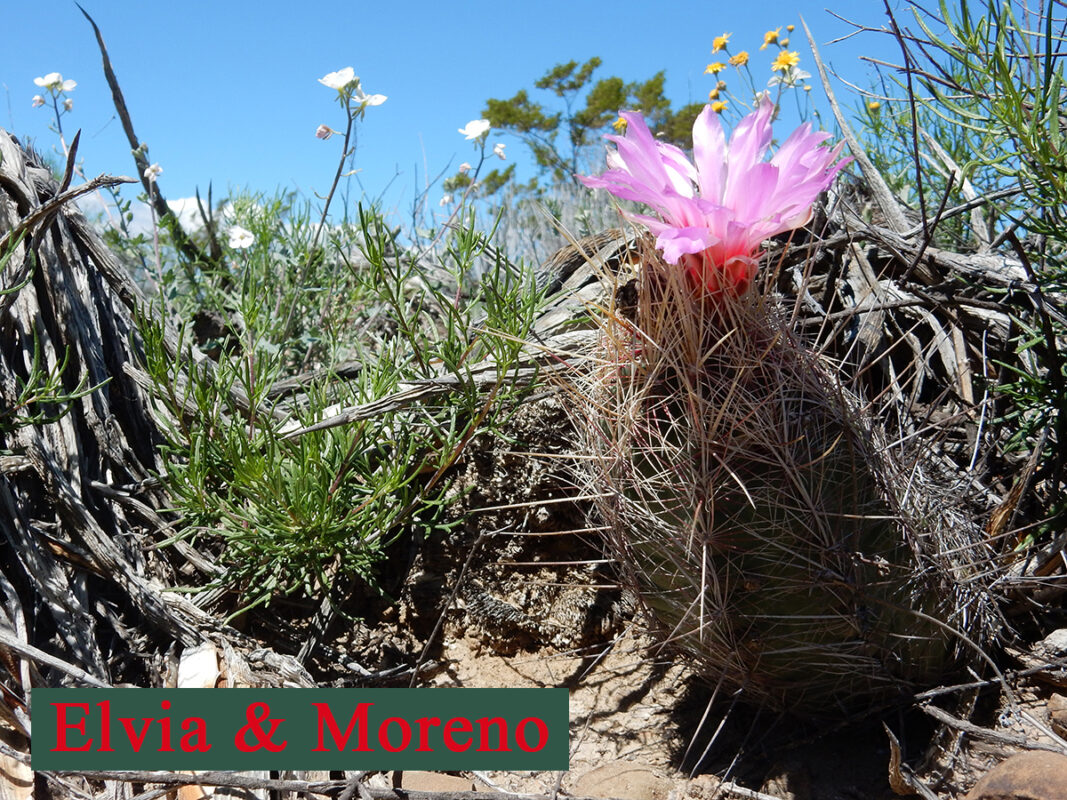We thank Elvia Speranza for the supervision of the information who, with her husband Moreno, takes care of the Cactus House with great love and expertise for cacti and succulents.
IDENTIFICATION of the Thelocactus bicolor
Scientific name:
Thelocactus bicolor
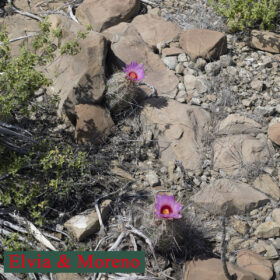
Subgenres:
Thelocactus bicolor v. bicolor,Thelocactus bicolor v. bolaensis,Thelocactus bicolor v.commodus,Thelocactus bicolor v.schwarzii,Thelocactus bicolor v. schottii
Family:
Cactaceae
Origin:
the species is native to central-northern Mexico (states of Chihuahua, Coahuila, Durango, Nuevo Leon, San Luis Potosi, Tamaulipas and Zacateca) and from the USA. (Texas)
Enviorment:
in nature it grows in semi-arid areas, in association with thorny shrubs, between 300 and 1800 m. of altitude, for this reason it tolerates temperatures below zero.
Evergreen or deciduous:
evergreen
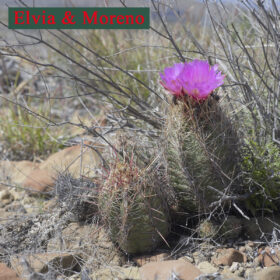
VEGETABLE RECOGNITION of the Thelocactus bicolor
Height:
10 – 15 cm (in nature 26 – 28 cm)
Width (extension):
10 – 15 cm (in nature 16 cm)
Habit:
ovate/cylindrical shape, columnar with age
Color:
green to gray-green or yellowish-green.
Flower:
Scenographic as per genus, up to 10 cm wide, bell-shaped, magenta (or pink or red) and arise from the most recent areoles.
Flowering: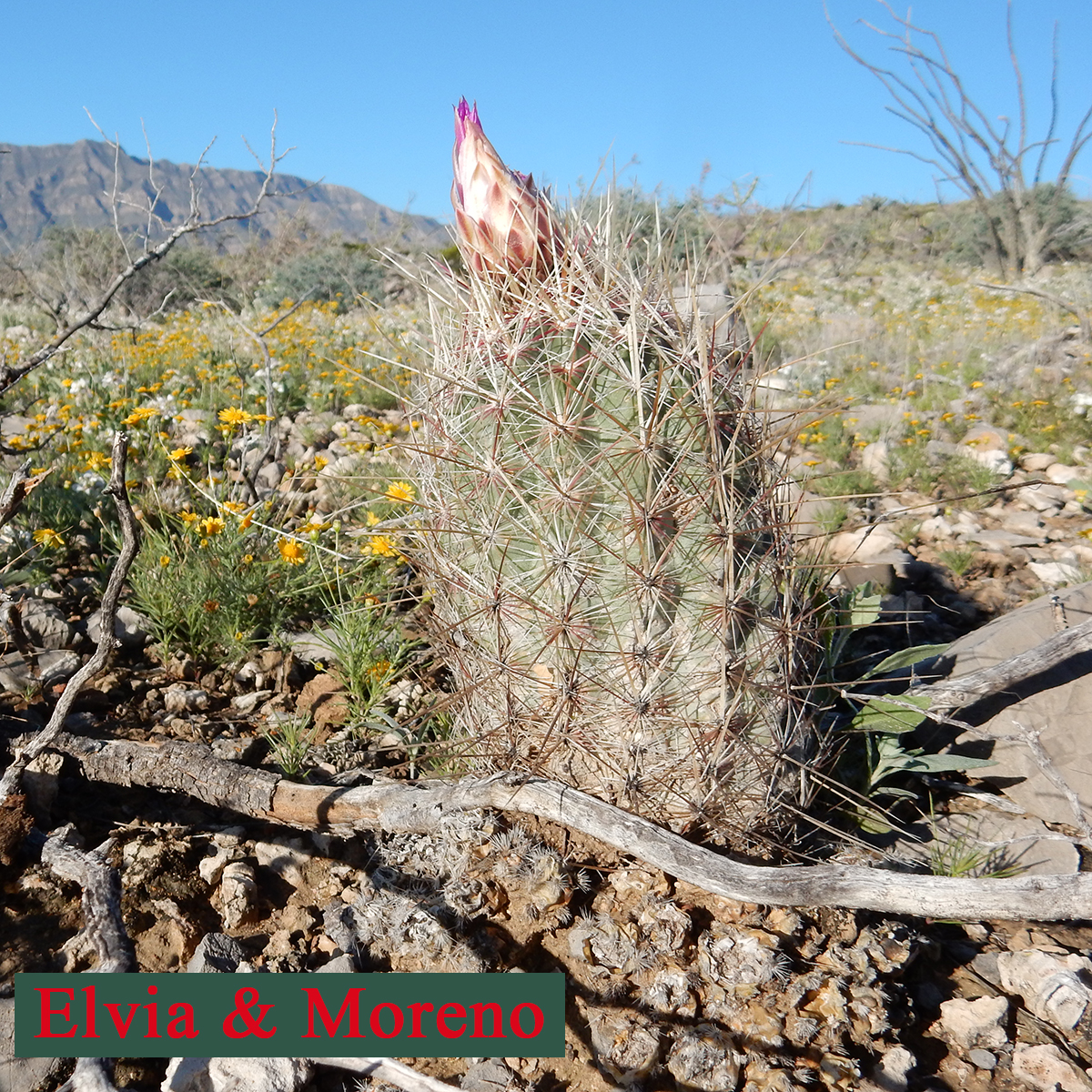
from spring to summer. The flowers only open in bright sunshine and when temperatures are high. Towards evening the flower closes but can also last from 3 to 5 days
Fruit:
10-20 mm long, green to red-brown in color and covered with scales.
Stem:
it is formed by 8-12 ribs, wide and slightly tuberculate, arranged in a spiral in the older specimens, with woolly circular areoles spaced up to 2 cm apart. The areoles are equipped with 9-18 radial spines of red colour, in various gradations and yellowish apex (hence the name bicolor) up to 3 cm long. It has 1 to 4 red central spines, straight and 3-6 cm long. Rarely branches at the base.
Toxicity:
not known
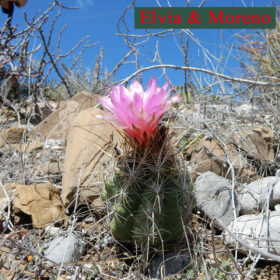
NEED
Cultivation:
simple
Light Exposure:
full sun
Soil type:
generally stony limestone
Soil acidity:
pH between 7,5 and 8,5
Italian climatic area:
it can be grown outdoors only in non-humid areas (all of central and southern Italy) in the north it must be protected from winter rain and prolonged intense cold
Need for water:
regular: in spring (10 days) in summer (also every week). In autumn (20-25 days) and in winter it stops. Important is the substrate that must not retain moisture
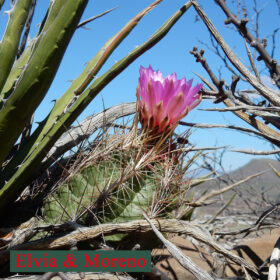
Diseases:
It can be affected by the usual succulent insects (cochineal and red spider mite). In the presence of high environmental humidity it can be affected by fungi (fusarium)
Propagation:
it reproduces by seed.
PARTICULARITY
The name derives from the combination of the Greek term “thelé” which means “nipple” and cactus with reference to the tubercles on the ribs. Bicolor, as mentioned above is for plugs of two colors.
Annotations
Plant that starts flowering from seed between 3 and 4 years, with even 2-4 flowers at the same time.
Also beautiful to see due to the colored spines
In the kitchen:
it is not used.
ELVIA SPERANZA’S COUNCIL
Being easy to maintain, it gives satisfaction even to beginners. In 10 years you can have good sized plants (even 15-18 cm) and very floriferous. It asks for exposure with plenty of light even in winter. Proper fertilization helps for abundant blooms
Now on horseback! Work awaits us! Our new wonderful outdoor space is about to be born!
GOOD WORK and…if you have any questions, write to info@ilmondodelgiardino.com
Sources of the images: we sincerely thank Elvia & Moreno for the photos they took in the places of growth in nature.


